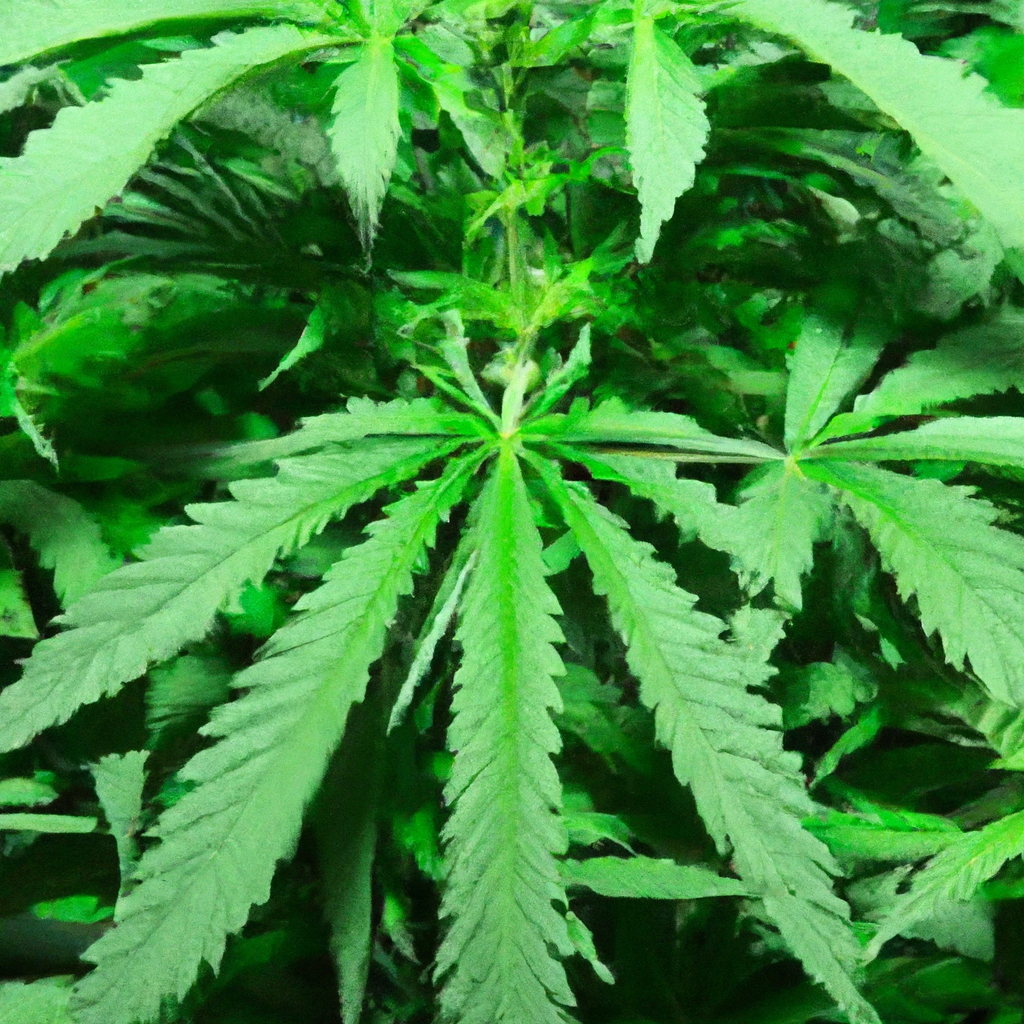Greetings, fellow green thumbs! John “Magic” Greenleaf here, sending you warm wishes from the heart of Colorado. With 30 years in the high-altitude cannabis world, I’ve learned a trick or two about crafting the perfect environment for our beloved plants. Join me as we explore how to optimize your grow space, ensuring your cannabis reaches its full potential. As always, I promise to keep it straightforward, actionable, and a bit magical.
1. Space Management: Think Vertically
Cannabis has a voracious appetite for light and space, and in many grow rooms, real estate is scarce. Whether you’re working with a sprawling greenhouse or a cozy indoor setup, vertical space is your ally. Consider using vertical farming techniques such as multi-tiered shelving or vertical trellising. These methods not only increase your plant count but also improve air circulation and light penetration—key factors for maximizing yield.
2. The Right Light: LED Solutions
Lighting is the crucial heart of any grow room, and in high-altitude conditions, efficient lighting becomes even more essential. With advances in technology, high-efficiency LED systems like the Gavita Pro are your best bet. They save energy—crucial in cultivating sustainably—while also providing the full spectrum necessary for both the vegetative and flowering stages. Remember, proper lighting equals healthy buds and happy harvests.
3. Perfecting Climatic Control
In our Colorado climate, maintaining proper temperature and humidity levels is a challenge. I keep my grow rooms at 55-60% RH during veg stages and lower it to 45-50% during flower to optimize resin production and prevent mold. Use advanced climate controls to stabilize your grow environment. Humidifiers, dehumidifiers, and air conditioning units, combined with smart sensors, can help you maintain that sweet spot.
4. Water Wisdom: Embrace Drip Irrigation
Water efficiency isn’t just a buzzword—it’s a necessity. By using drip irrigation, you can cut down on water waste by up to 40% compared to traditional methods. It allows precise control over how much water your plants receive, ensuring you achieve that ‘not too much, not too little’ balance that cannabis craves. Plus, your plants function as their own little water-saving machines, retaining moisture beautifully in organic soils.
Conclusion: Make Each Grow Count
Ultimately, growing cannabis should be a rewarding journey of continuous learning—one that teaches and enhances your understanding with every harvest. Each tip we discussed today is a stepping stone toward not only reaching higher yields but also cultivating sustainably and intelligently. Remember, with the right techniques and tools, you’re crafting not just an optimal grow space, but a legacy of healthy, bountiful harvests. Until next time, happy growing!
Tags: High-Yield Optimization, Environmental Control, Water Efficiency


Leave a Reply